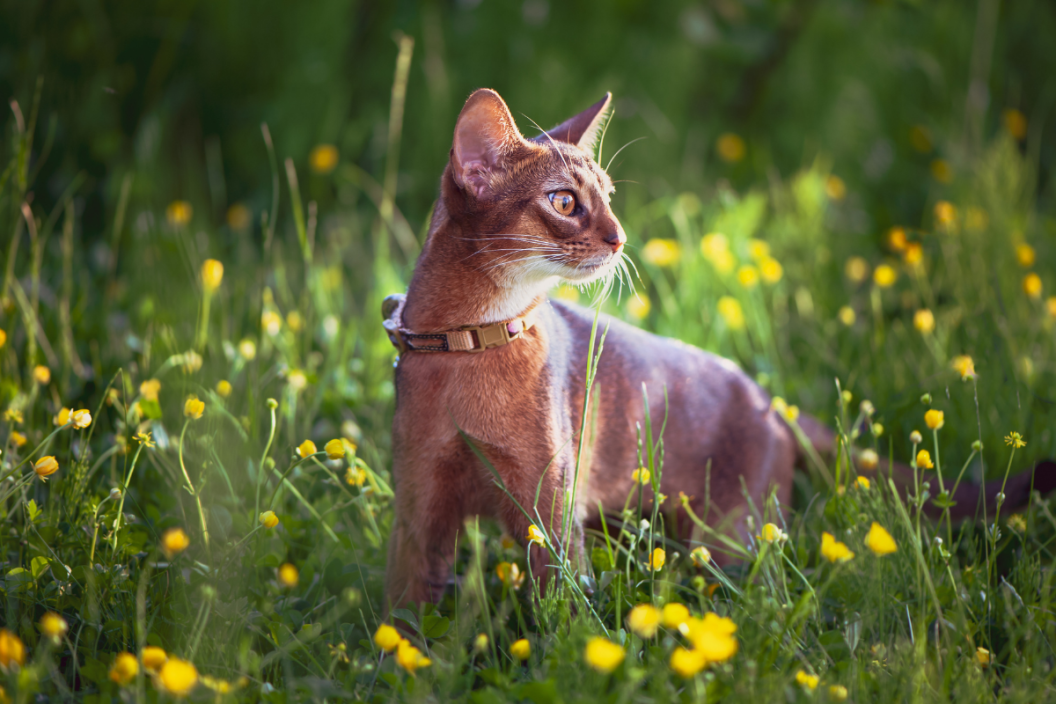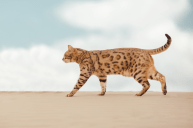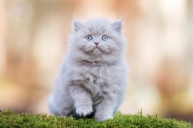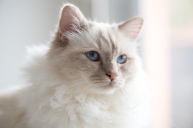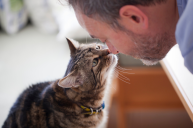Meet the "Aby-Grabbys!"
The Abyssinian cat breed is a short hair domestic cat breed that originated in the United Kingdom. The Abyssinian breed's unique look, which is long, slim, and beautifully colored in comparison to other cats, has been compared to that of human fashion models. Often featuring in cat shows, they are very clever and intensely curious. They like investigating and leaving no nook or cranny uncovered. Their dog-like traits include a strong feeling of love and a strong need for interaction and they are sometimes called "Aby-grabbys" due to their tendency to grab the things they like.
History
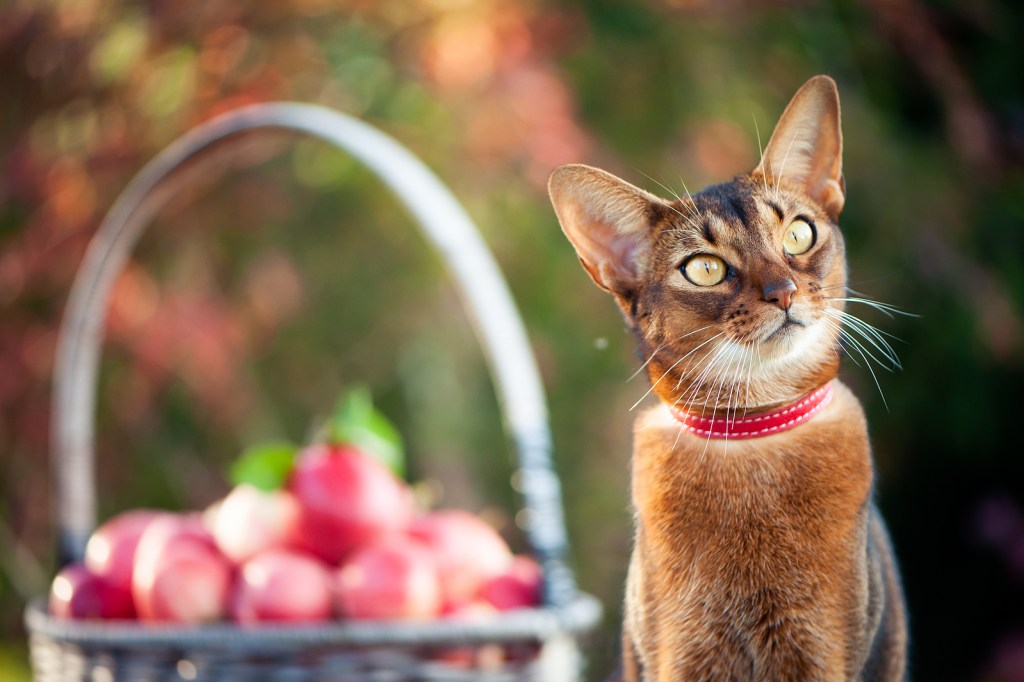
The Abyssinian cat, as it is known now, was developed in the United Kingdom. British troops stationed in North Africa in the nineteenth century are said to have returned home with kittens acquired from local vendors. The breed was named after Abyssinia (now Ethiopia), where it is said to have originated.
The Abyssinian cat may trace her ancestors all the way back to the Nile Valley, making her the closest approximation to the cats revered in Egyptian society. Lord Robert Napier brought a cat to Britain during a military campaign in the Abyssinian War in the 1860s. Zula was the name given to this cat, and she was the inspiration for the exquisite breed known today as the Abyssinian.
The distinctive coat color and pattern on the Abyssinians' coats reminded observers of the camouflage pattern on the coats of wild rabbits. This bunny coat was so appealing that Zula was mated to random-bred cats with coats that resembled Zula's, and the breed was born. Somali cats were also an indirect result of this breeding. When the feline leukemia virus almost killed the species in Britain again in the late 1960s, additional Abyssinians were imported to help rebuild the breed.
Personality and Lifespan
Abyssinians are a popular breed because of their exceptional intellect and typically outgoing, lively, and willful dispositions. They are reported to grow depressed if they do not receive regular exercise and attention from their owners. Much like wild cats, they require high places and frequent activity to stay happy. Although they are self-sufficient, they benefit from having another companion to match their high activity levels while you are away. They are affectionate lap cats and very dog-like in their demeanor.
The Abyssinian is a lively, gregarious cat that enjoys playing with her own toys and interacting with her owners. The Abyssinian enjoys being combed or massaged with a chamois cloth and will respond with a loving purr. Abyssinians are regarded as the "Clowns of the Cat Kingdom" because of their desire to play with their owners and their inquisitive intellect.
This breed of cat has a life expectancy of about 10-15 years. Despite the greatest efforts of reputable breeders to test for and eradicate hereditary health concerns, cats may nevertheless develop certain illnesses or disorders. Abyssinians may be more prone to health problems such as early periodontal disease. Patellar luxation, progressive retinal atrophy, pyruvate kinase deficiency, and renal amyloidosis are all symptoms of hyperesthesia syndrome. You should only purchase Abyssinian kittens from a reputable breeder or adopt an adult cat from a humane society to avoid these issues.
Appearance
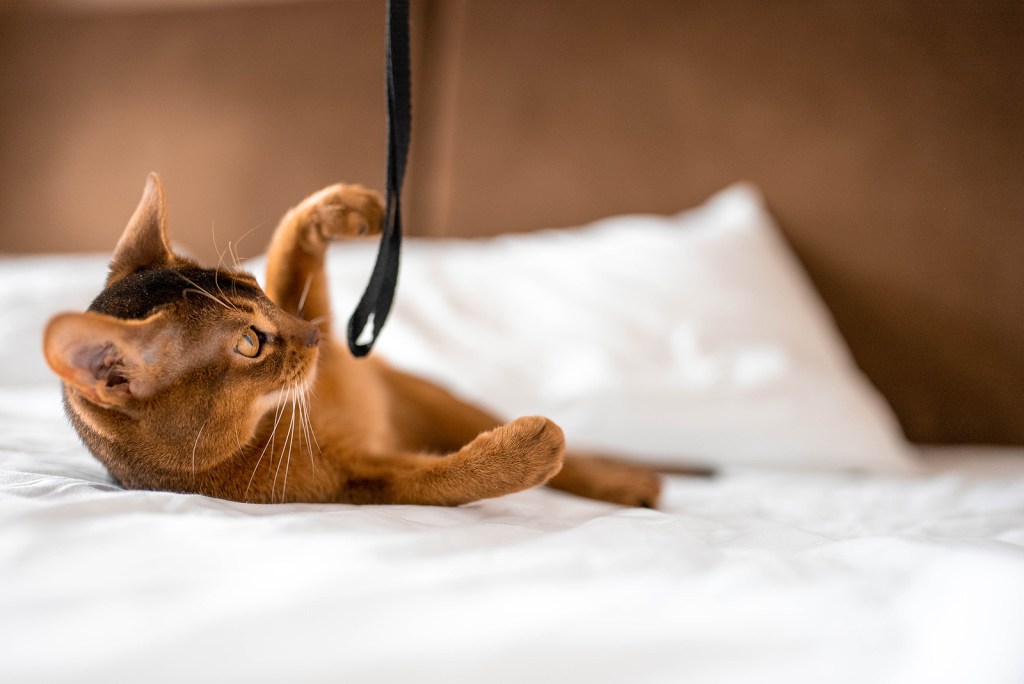
The Abyssinian appears to be moderate in all respects, with smooth planes on her head. They have large ears, and a small dip in their triangular head, which gives them an attentive, aware appearance, as though they are continually paying attention to what is going on around them. The bulk of their fur has color bands on each individual hair, and the coat appears darker along the spine line.
The Abyssinian is a medium-sized, slender, fine-boned cat. When viewed in profile, the head is fairly wedge-shaped, with a little break at the snout, and the nose and chin ideally create a straight vertical line. The mature coat should not be very short and should be fine, thick, and close-lying, with a silky feel to it.
The Abyssinian cat breed gets its unique ticked coat from a dominant mutant gene called Ta. The original color standard is a reddish-brown foundation with black ticking, known as "usual" in the United Kingdom, "tawny" in Australia, and "ruddy" in other countries. Sorrel (also known as cinnamon or red) is a unique mutation of this original design, with a lighter coppery base and chocolate brown ticking.
Outcrossing to the Burmese and other shorthaired breeds has resulted in the introduction of new variations, most notably blue (on a warm beige background) and fawn (on softer creamy peach). Chocolate and lilac are not recognized in the Cat Fanciers Association (CFA) breed standard but have full champion status in The International Cat Association (TICA) and the United Kingdom.
Do you love the Abyssinian cat breed? Share with us on the Wide Open Pets Facebook page!
READ MORE: Why Do Cats Sleep so Much? The Science Behind the Snooze
